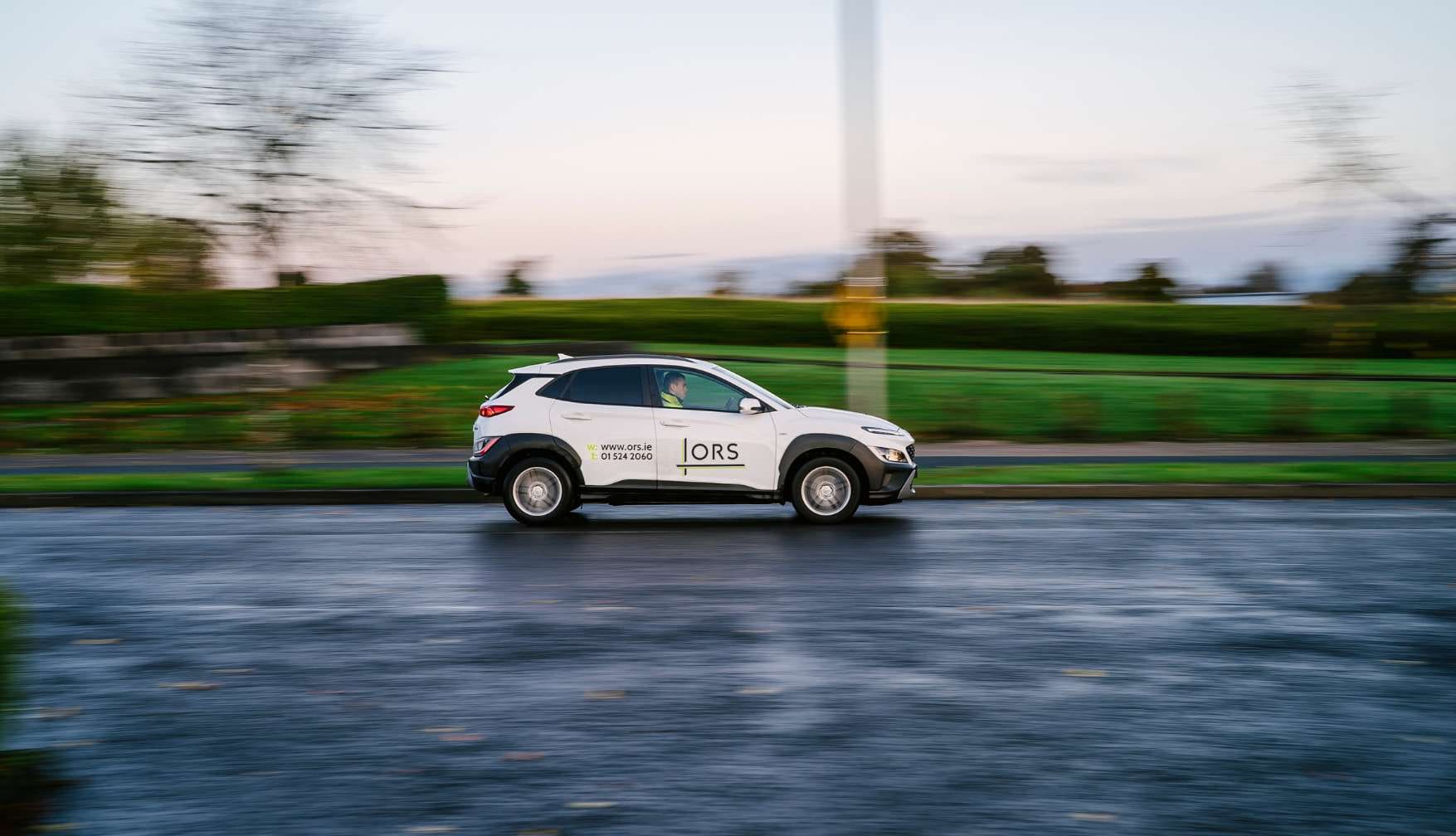Road & Junction Design Services

A good road design is a combination of three-dimensional features of a road that plays a crucial role in ensuring efficient and safe transportation systems in urban and rural areas alike, which can greatly impact the overall liveability and functionality of a community.
Roads are classified into different categories, such as local streets, link roads, and arterial roads, each serving different functions within the transportation network. Junctions, where two or more roads intersect, are critical points in the road network and require meticulous design to manage traffic effectively. There are various types of junctions, including roundabouts, signalised intersections, and uncontrolled intersections, each with specific design considerations.
The road design is the assembly of a large number of factors including traffic volumes, road users, speed limit, topography and environmental constraints, which influence the road’s layout, width, alignment and safety features. The factors must be considered and coordinated together to ensure schemes satisfy planning requirements and can be constructed according to quality and compliance standards, always taking into account that safety is paramount.
It is important to be aware of the current guidelines available to design teams and the early involvement of transportation consultants such as ORS, which can have significant benefits as the project develops. The approach to effective and compliant road design has shifted from conventional methods to a more considered and sustainable approach favoured by the Design Manual for Urban Roads and Streets (DMURS), the National Cycle Manual (NCM) and the Transport Infrastructure Ireland (TII) guidelines.
The design should consider:
- Sitting of the proposed road or junction, i.e: urban or rural environment.
- Greater integration between all road users – shared spaces for cyclists, pedestrians, and motorists with particular emphasis on the vulnerable user.
- Active travel services: cycle lanes, bus stops and pedestrian facilities.
- Travel time contextualisation rather than travel time minimisation.
- Appropriate drainage, public lighting, and environmental aspects.
- Cost-effective design.
When considering planning applications, Local Authorities review developments according to the principles contained in the DMURS, NCM and TII guidance documents. Proposed developments must be designed according to the best practices contained within the document.
It is recommended that for all relevant planning developments, a transportation consultant is appointed to provide expert advice on the following:
- Suitability of accesses, identifying required public infrastructure improvements.
- Review proposals from design teams against DMURS, NCM and TII guidelines and making recommendations.
- Assessing car parking requirements and justification reports where managed approach in limited space situations must be considered.
- Road safety and capacity assessment.
- Mobility management.
- Shared space design, best practice, drainage design.
- Active travel integration: public transport, cyclist and pedestrians facilities.
- Traffic calming design.
- Swept path analysis for schemes.
- Public road junction design – priority junctions, roundabouts, signal control junctions.
ORS has 30 years’ experience providing road design and safety advice for developments through planning and construction stages. Our team has experienced transportation professionals qualified in road design, active travel design, traffic management and road safety who act as essential members of a design team to assist in the transportation strategy for a scheme and how the required management of relevant stakeholders interact. Get in touch with our infrastructure team today at info@ors.ie.
